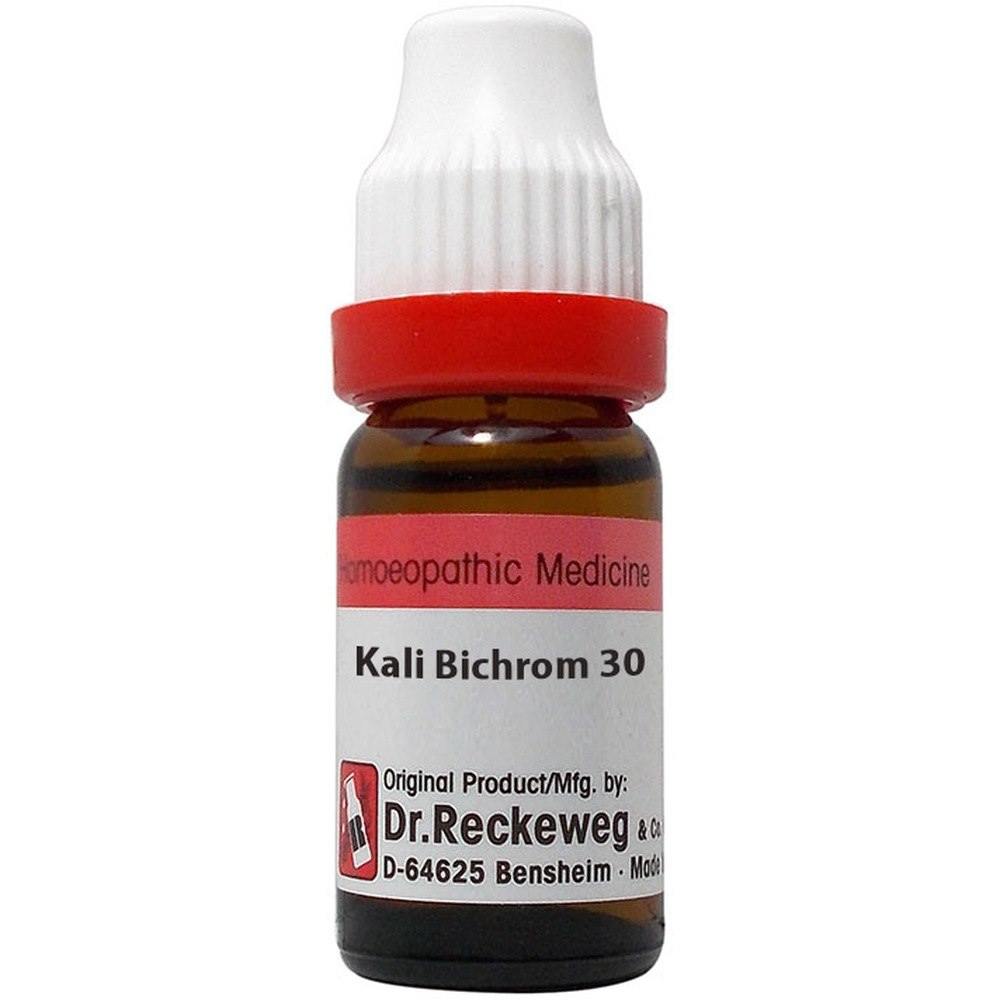
John Gerard, an English herbalist (1545–1612), mentions "the slimie substance of the roote made in a possett of ale" would help back pains. In folklore, Symphytum officinale roots were used in traditional medicine internally (as an herbal tea or tincture) or externally (as ointment, compresses, or alcoholic extract) for treatment of various disorders, including commonly as a treatment for reducing the pain of osteoarthritis. officinale, and represents the economically most important kind of comfrey. asperum, Symphytum × uplandicum, also known as Blue Comfrey, or Russian comfrey, which is widespread in the British Isles, interbreeds with S. bohemicum).Ī common hybrid is formed between Symphytum officinale and S. The official first formal scientific species description appeared in 1753 in Species Plantarum by Carl Linnaeus, Tomus I, page 136. The latin name epithet officinale refers to its use for medicinal preparations. Additionally, Symphytum × uplandicum is generally more bristly, flowers later – between June and August –, and its flowers tend to be more blue or violet. × uplandicum, leaf bases are not decurrent, stem internodes are not winged, and the surfaces of the seeds are brown, dull, and finely granular instead of shiny black. Although, it has a long tube, meaning only insects with long tongues can reach the nectar, some bees have been known to bite into the side of the flower to access the nectar – a foraging behaviour known as nectar robbing. The plant produces significant nectar when compared to other UK plants tested. The fruits are segmented into 4 egg-shaped, shiny black nutlets that are 5–6 millimetres long. The calyx has a tubular segment of about 2 millimetres and narrow, pointed teeth of about 4 millimetres. Petals come in mainly two colours – typically cream to yellow or pink to purplish. The flowers are radially symmetrical with five equal petals that are fused into a tubular or narrowly bell-shaped corolla with pointed, recurved teeth that are 2 millimetres long. The small flowers measure 8–20 millimetres in length and 12 to 18 millimetres across the corolla. They bear two rows of hermaphrodite flowers on nodding stalks that are 2 to 6 millimetres long. The plant flowers from May to June with forked cymes that are initially coiled and later open out.

In the upper parts they are narrower, without stalks, and with margins that extend down the stems. They are oval-lanceolate and 4 to 25 centimetres long. Along the erect stems grow large simple, mostly stalked leaves in an alternate pattern. Above ground the plant is covered in long, downward-pointing, tapering hairs that are bristly on the stems and softer on the leaves. The internally white roots are covered with black bark. The root system has a pronounced, deep-reaching (up to 1.8 metres ) taproot. The plant can grow 1–5 feet (0.3–1.5 m) tall with branched, strongly winged stems. It is a perennial herb that is cold hardy down to −35 ☌ (−31 ☏) and drought-tolerant. Description and botany Ĭomfrey is found in moist grasslands or along riverbanks and ditches in western Asia, Europe, and North America.

Also the roots could be mashed then packed around a broken limb, when dried they formed a hardened 'plaster cast'. Its early common names, knitbone or boneset, reflect its historical use by poultices of leaves and roots to treat sprains, bruises or bone fractures.

Over centuries, comfrey was cultivated in Asia, Europe, and the United Kingdom as a vegetable and herbal medicine. Internal or long-term topical use of comfrey is discouraged due to its strong potential to cause liver toxicity. The flowers are mostly visited by bumblebees. It occurs elsewhere, including North America, as an introduced species and sometimes a weed. It is locally frequent throughout Ireland and Britain on river banks and ditches. It is native to Europe, growing in damp, grassy places. Other English names include boneset, knitbone, consound, and slippery-root. To differentiate it from other members of the genus Symphytum, this species is known as common comfrey or true comfrey. Along with thirty four other species of Symphytum, it is known as comfrey. Symphytum officinale is a perennial flowering plant in the family Boraginaceae.


 0 kommentar(er)
0 kommentar(er)
